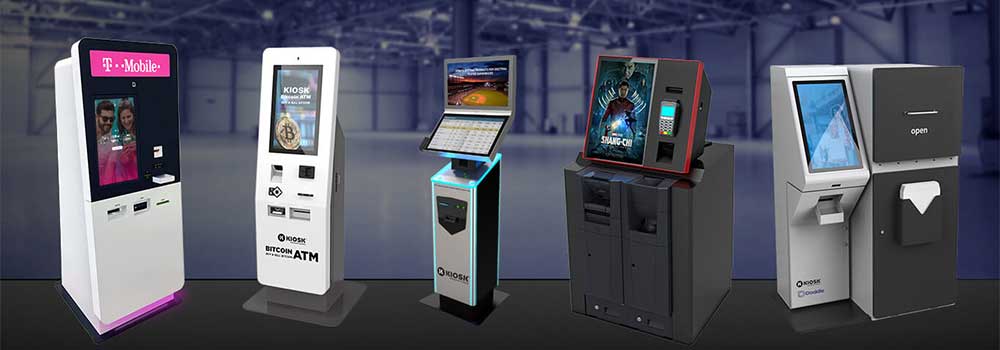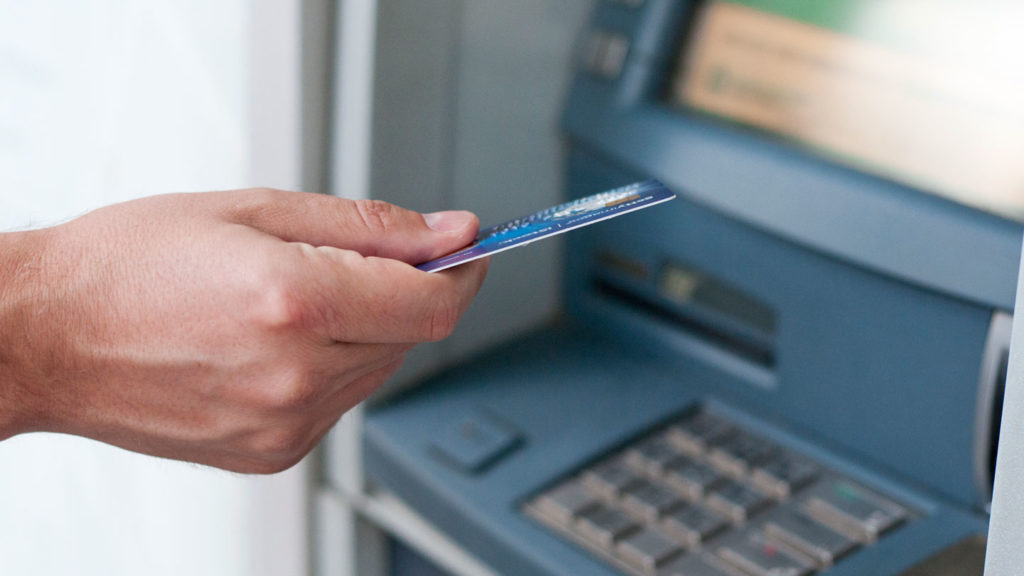Kiosk versions of automated teller machines (ATMs) have greatly expanded the places where people may withdraw cash. Businesses are seeing the possibilities of installing ATMs in unusual places as customers’ priorities move toward more convenient options.
A full awareness of these rules and proactive compliance procedures is necessary for the successful deployment of ATM kiosks in non-traditional settings.
So, continue reading before you look for the ATM company.
The Rise of Non-Traditional Locations
There has been a dramatic shift in where ATMs may be placed. ATMs have been carefully placed in non-traditional places outside of the limits of regular banks.
These kiosks have become a common sight in places as diverse as airports, retail centers, amusement parks, and even outlying rural communities. This change in tactics is an attempt to keep up with the dynamic requirements of the contemporary world.
These ATMs bring the convenience that is the currency of our day closer to people’s homes, workplaces, and recreational areas. Furthermore, companies may diversify their income sources and boost foot traffic by placing ATMs in non-traditional places.
Capitalizing on High-Traffic Areas
The key to the success of ATM kiosks in non-traditional settings is to put them in highly visible and accessible places with a lot of foot activity. A large number of people regularly congregate in high-traffic areas such as airports, retail centers, and central business districts.
By installing an ATM kiosk in a high-traffic location, business owners may profit from the high number of prospective consumers already in the neighborhood.
Customers are happier as a result, and the host company may see more engagement as a result of the extra convenience. The ATM owner, meanwhile, reaps the advantages of a consistent stream of business.
Innovative ATM Technology for Kiosks

The development of ATM kiosks is intrinsically linked to technical progress, and not only in terms of where they are placed. The functionality of these kiosks extends beyond that of simple ATMs.
Some of the cutting-edge features included in today’s ATM kiosks are touchless transactions, different language interfaces, and cardless withdrawals.
These technology advancements make doing business in non-traditional settings easier and more comfortable for customers. Travelers may use their favorite language to withdraw cash in a new nation without carrying along actual cards.
Navigating Challenges and Regulations
There are advantages to having ATM kiosks in less conventional places, but there are also disadvantages. When working in a wide variety of settings, security and compliance issues become paramount.
The security of the kiosk and the transactions performed there must be a top priority. Solutions to this problem often include rigorous encryption techniques, continuous maintenance, and partnerships with local law enforcement.
Furthermore, the regulatory environment might be difficult to navigate. Requirements for running a financial kiosk may differ from one location to the next.
To make sure these kiosks are being operated in accordance with all applicable laws and security measures, it is prudent to form relationships with local authorities and regulatory agencies.
Case Studies: Successful ATM Kiosk Deployments
Real-world instances show the actual advantages of installing ATM kiosks in unconventional places. Take the example of a busy amusement park. Visitors can easily get cash for park purchases, including food, souvenirs, and rides, thanks to the strategically placed ATM kiosks.
The park and the ATM owner both gain from the satisfied and spending patrons. ATM kiosks and the ATM company provide a similar purpose in underserved urban and rural regions with limited access to traditional banking services.
The villagers’ lives are made easier and better by the fact that they no longer have to go large distances only to withdraw cash. These examples show how flexible ATM kiosks can be, demonstrating how they may meet a variety of financial demands and yet turn a profit even when placed in unusual locations.
Conclusion
The transformation of automated teller machine kiosks into money-making nodes in non-traditional settings is a prime example of the dynamism of contemporary finance.
Accessible financial services are now available in high-traffic areas and other high-need areas because of the integration of convenience, technology, and smart placement.
One high-traffic area at a time, ATM kiosks are set to transform the financial environment via constant innovation, the surmounting of obstacles, and the diversification of income sources.



